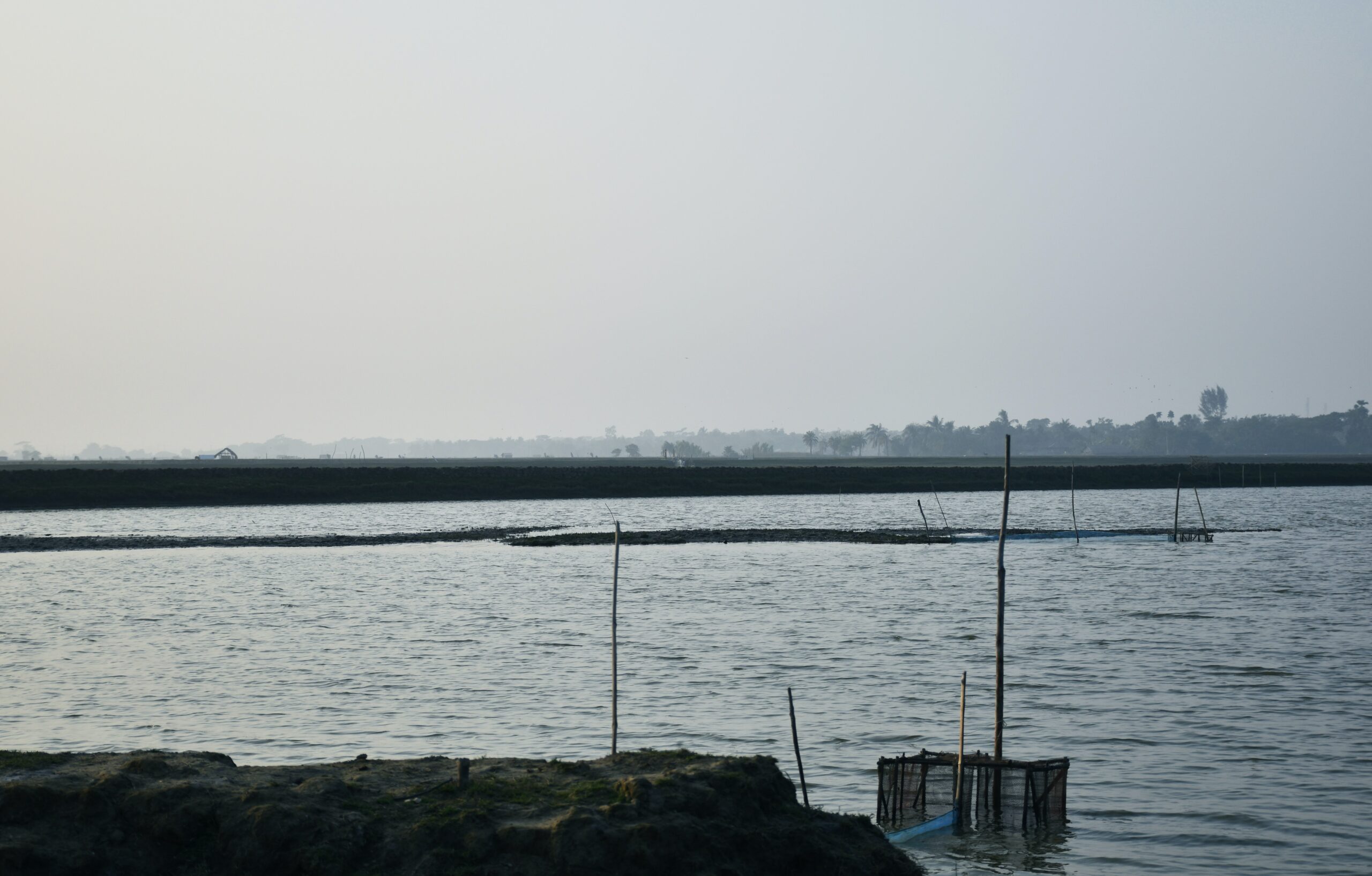Chattogram Port: A win-win for India and Bangladesh
23 Oct 2023
Opinion: Saurabh Bandyopadhyay.
The opening up of the Chattogram Port for transit and transhipment of goods and allowing regular movement is a powerful testimony of the India-Bangladesh partnership.
The decision taken by the taxation authority of Bangladesh to issue a Permanent Standing Order for the operationalisation of the Chittagong port for the transit of Indian goods was a momentous one. This will without doubt be instrumental in bridging the gap of connectivity between the northeastern region of India and the rest of the country. It may be noted India was the first country to establish diplomatic relations with Bangladesh in 1971 and both countries stand out for their decent partnership in terms of generational links of culture and socioeconomic realities. Sustained trade is one of the key relations among the two countries and it may be noted that during the COVID-19 pandemic, the supply chain between the two countries continued without much interruption.
Improving this connectivity further is important for significantly boosting the bilateral trade and investment potential, especially for Bangladesh and the eastern part of India. In this regard, ensuring seamless connectivity between the two countries is the most important factor in facilitating India-Bangladesh trade intensity. The opening up of the Chattogram Port for transit and transhipment of goods and allowing regular movement is a powerful testimony of the India-Bangladesh economic partnership.
The move will help cut down the inland distance of the northeastern states by half if a multimodal route synchronisation is effectively implemented. However, this requires substantial investment, not only on the Indian side but also in the relevant part of Bangladesh.
The inauguration of the Maitree Setu (Friendship Bridge) on March 9, 2021, connecting Sabroom of India with Ramgarh of Bangladesh over the river Feni is an important development. Sabroom, which is just 80 km away from the Chattogram Port, makes Tripura the ‘Gateway of Northeast’, with the potential to uplift the regional economy. This is a milestone in the direction of enhancing connectivity and is an exemplar of the closer integration of the BIMSTEC region and the larger Southeast Asia.
Located on the banks of the Karnaphuli River, Chattogram is Bangladesh’s main seaport and handles over 90% of the country’s exim trade. Mongla port, on the other hand, is Bangladesh’s second-largest seaport and lies close to the Bay of Bengal near Khulna city. It may be noted in this context that India is developing two Indian Economic Zones at Mirsarai and Mongla. Over 350 Indian companies are working in Bangladesh now. The latest development will drastically reduce the cost and time of transferring goods from one state to the other. For instance, the land route between Kolkata and India’s northeastern states is more than 1,200 kilometres while Chattogram and Mongla ports are located at almost half the distance.
Therefore, the overburdened Petrapole-Benapole route may be replaced with the new route, leading to a substantial reduction in the delays faced by cargoes when they take the inland route. In this regard, there are multiple routes that can come up as potential corridors to connect major economic clusters in the northeastern region to Chattogram through road, rail, and waterways. It may be noted in this context that rail-based systems are long-lasting and the life cycle costs are comparatively better than other transport systems for better connectivity. But landscape and terrain remain important considerations in this regard.
Also, within the northeastern region, the logistic cost is on the higher side. In order to reduce the same, the Asian Development Bank suggested the opening of the Sabroom–Ramgarh–Chattogram route to further reduce the distance between the northeastern region and Chattogram, thereby reducing the cost of transportation. There is also the possibility of the movement of non-bulk cargoes by sea using roll-on, roll-off mode through Chattogram to the northeastern region. However, massive investment is required to build up a dedicated freight corridor from Chattogram through the Akhaura-Agartala-Guwahati route.
Historically, the Private-Public Partnership (PPP) model played a critical role in infrastructure delivery around the world; the same method of investment could be applied with the right of construction to be delegated to a private entrepreneur on an agreed design and financial plan, allowing operation of the project for a specified time period. There could be a BOO (Built-Own-Operate) model too.
Furthermore, multi-modal connectivity from Chattogram via Ashugunj, covering the entire Silchar strait to Agartala, could be a game-changer for facilitating trade for the rest of India and its northeastern region as well as between India and Bangladesh. On all counts, the reduction of procedural delays and turnover time should be the topmost prerequisite to attract a large quantum of investment for strengthening and enhancing the connectivity of relevant routes between India and Bangladesh.
The author is Senior fellow at NCAER. Views are personal.
Published in: The Financial Express, 23 Oct 2023






